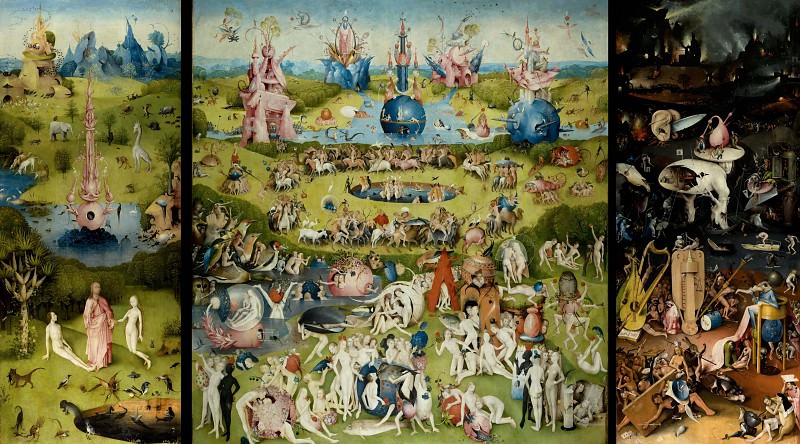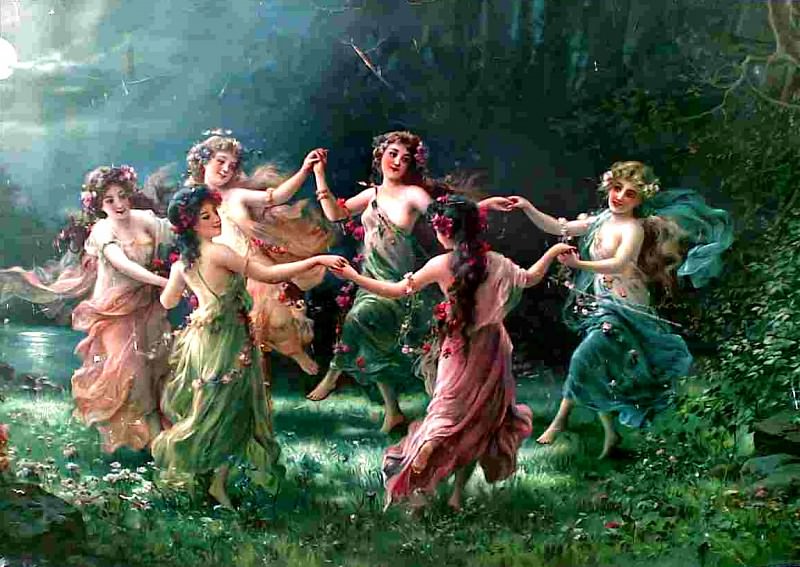The Enigmatic World of Kabuki Art
Kabuki, a traditional Japanese performing art, has captivated audiences for centuries with its vibrant costumes, elaborate makeup, and dramatic storytelling. Originating in the early 17th century, Kabuki has evolved from a popular form of entertainment into a cultural treasure, symbolizing the rich artistic heritage of Japan. This form of theater is not just a performance; it is a visual and emotional experience that transports audiences to a different world, blending elements of dance, drama, and music into a unique and mesmerizing art form.
Origins and Evolution of Kabuki
The history of Kabuki traces back to the Edo period, a time of great social and cultural change in Japan. It was during this era that Okuni, a female shrine dancer, began performing a new style of dance-drama on the dry riverbeds of Kyoto. Her performances, which included both male and female roles, quickly gained popularity among the common people. This early form of Kabuki, known as "Onna Kabuki" (Women's Kabuki), was characterized by its flamboyant costumes, sensual dances, and comedic elements. However, due to concerns over morality and the growing influence of the performances, the government eventually banned women from performing Kabuki in 1629. This led to the emergence of "Yaro Kabuki" (Men's Kabuki), where male actors took over all roles, including female characters, a practice that continues to this day.
Over the centuries, Kabuki evolved into a more refined and stylized form of theater. The performances became more structured, with a greater emphasis on dramatic storytelling and intricate choreography. The use of elaborate costumes and makeup became central to the art form, with each color and design carrying specific symbolic meanings. The performances also began to incorporate elements of Noh and Bunraku, two other traditional Japanese performing arts, further enriching the cultural tapestry of Kabuki.
The Aesthetics of Kabuki
Kabuki is renowned for its distinctive visual aesthetics, which are integral to the storytelling and emotional impact of the performances. The makeup, known as "Kumadori," is one of the most iconic elements of Kabuki. It involves the use of bold colors and patterns to represent the character's personality, emotions, and social status. For instance, red lines indicate strength and heroism, while blue lines signify evil or villainy. The application of Kumadori is a highly skilled art, requiring precision and an understanding of the character's role within the story.
Costumes in Kabuki are equally elaborate and are designed to enhance the visual spectacle of the performance. The fabrics are often richly embroidered and dyed, with patterns that reflect the character's social status or role within the narrative. The costumes can be incredibly heavy and require careful handling, especially during quick costume changes, which are a hallmark of Kabuki performances. These changes, known as "Hayagawari," are often done on stage in full view of the audience, adding to the dramatic effect of the performance.
The stage itself is an integral part of the Kabuki experience. Unlike Western theaters, Kabuki stages are equipped with a "Hanamichi," a raised walkway that extends into the audience. This allows actors to make dramatic entrances and exits, bringing them closer to the audience and enhancing the connection between the performers and the viewers. The stage is also designed with traps and revolving sections, enabling quick scene changes and the appearance of supernatural characters, further immersing the audience in the story.
The Role of Music and Dance in Kabuki
Music and dance are fundamental components of Kabuki, with each element serving to heighten the emotional intensity and narrative depth of the performance. The music in Kabuki is performed live by a group of musicians who are often seated on stage, visible to the audience. Traditional Japanese instruments such as the shamisen, taiko drums, and flutes are used to create a soundscape that complements the action on stage. The music is not just background; it interacts with the performers, guiding the rhythm of the dance and the pace of the drama. The musicians and performers work in close harmony, with the music often responding to the movements and emotions of the actors.
Dance in Kabuki is highly stylized and symbolic, with each movement carrying specific meanings. The dances range from graceful and elegant to powerful and dynamic, depending on the nature of the character and the scene. Kabuki dance often involves exaggerated gestures and poses, known as "Mie," which are used to convey intense emotions and highlight key moments in the performance. These moments are typically accompanied by a dramatic musical crescendo, emphasizing the significance of the pose.
One of the unique features of Kabuki dance is the use of "Onnagata," male actors who specialize in playing female roles. The portrayal of female characters by male actors is not just a substitution but an art form in itself, requiring the actor to embody the grace, poise, and subtlety of traditional Japanese femininity. The Onnagata's performance is a blend of dance, movement, and voice modulation, creating a convincing and captivating portrayal of female characters.
Kabuki's Influence and Legacy
Kabuki's influence extends beyond the boundaries of Japan, having inspired various forms of art and theater worldwide. The visual and thematic elements of Kabuki have been incorporated into Western theater, film, and fashion, showcasing the global impact of this traditional art form. The dramatic makeup and costumes of Kabuki have influenced fashion designers, while its narrative techniques have been adapted in modern theater and cinema.
In Japan, Kabuki remains a vital part of the cultural landscape, with performances continuing to draw large audiences. The art form is constantly evolving, with contemporary Kabuki incorporating modern themes and technologies while preserving the traditional aspects that define it. This adaptability has allowed Kabuki to remain relevant in a rapidly changing world, bridging the gap between the past and the present.
The preservation and promotion of Kabuki are supported by the Japanese government and various cultural organizations, recognizing its importance as a national cultural asset. Kabuki actors, many of whom come from long-established theatrical families, undergo rigorous training from a young age, ensuring that the skills and traditions are passed down through generations. This dedication to the art form ensures that Kabuki will continue to thrive and inspire future generations.
The Experience of Kabuki Today
Attending a Kabuki performance today is a journey into the heart of Japanese culture, offering a unique and immersive experience. The theaters, such as the famous Kabukiza in Tokyo, are designed to transport audiences to a different era, with traditional architecture and interiors that reflect the grandeur of Kabuki's history. The performances are typically divided into acts, with each act telling a part of a larger story. Audiences are encouraged to engage with the performance, applauding the actors' skillful displays and dramatic poses.
For those new to Kabuki, the performances can be a sensory overload, with the combination of music, dance, and elaborate visuals creating a rich and intense experience. However, many theaters offer English translations and explanations, making the art form more accessible to international audiences. The themes of Kabuki, often revolving around love, honor, revenge, and the supernatural, are universal, allowing audiences from different cultural backgrounds to connect with the stories.
Kabuki also has a significant presence in contemporary media, with adaptations of classic Kabuki plays appearing in film, television, and even video games. These adaptations often introduce Kabuki to new audiences, blending traditional elements with modern storytelling techniques. The enduring appeal of Kabuki lies in its ability to captivate audiences with its rich visual spectacle, emotional depth, and timeless themes.
Conclusion
Kabuki art is a testament to the enduring power of traditional performing arts in capturing the human experience. Its combination of drama, dance, music, and visual artistry creates a unique and immersive experience that continues to resonate with audiences both in Japan and around the world. As Kabuki evolves and adapts to the modern era, it remains a vital part of Japan's cultural heritage, offering a window into the soul of a nation and its artistic legacy. The world of Kabuki is one of passion, precision, and profound beauty, a living art form that continues to inspire and enchant.




